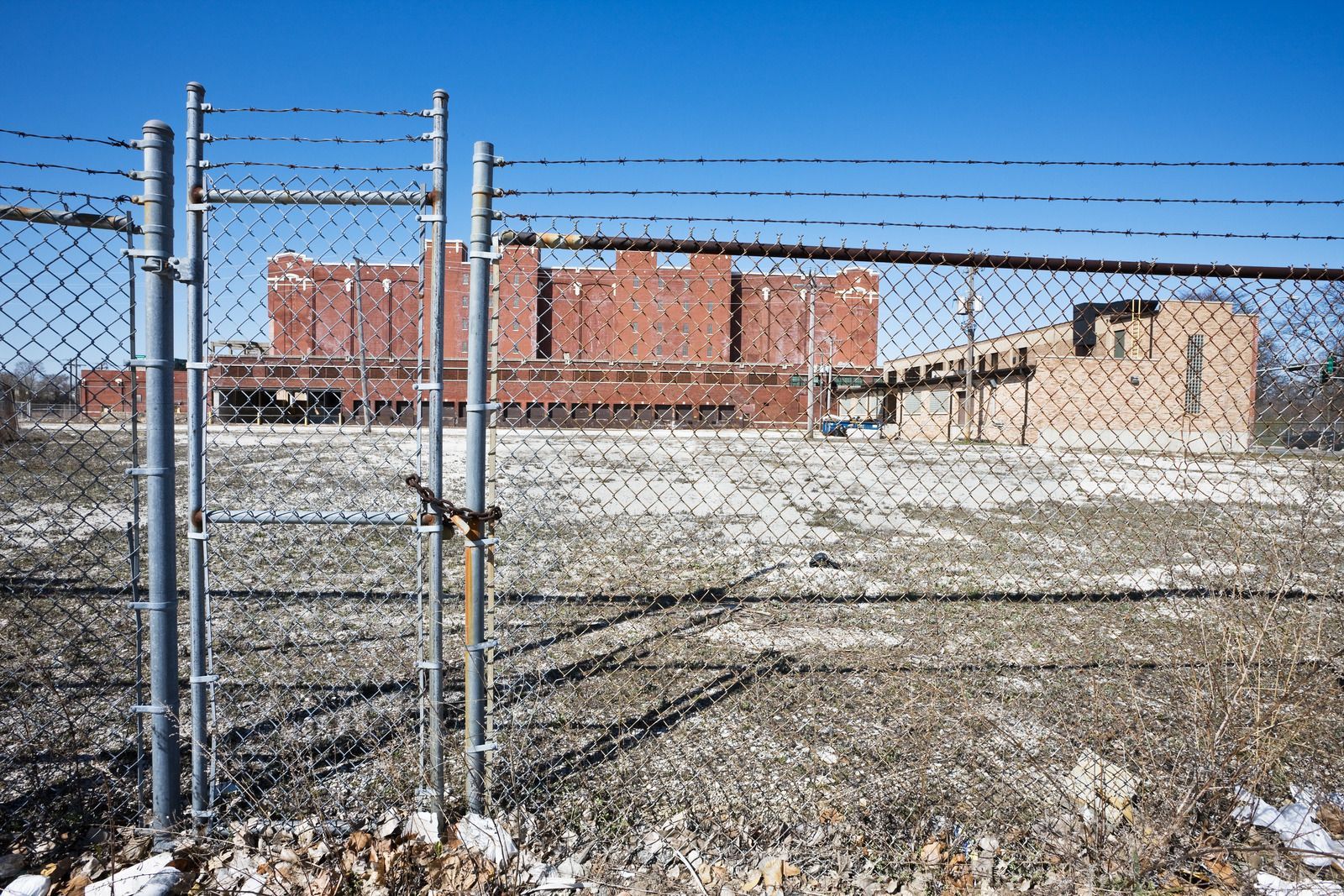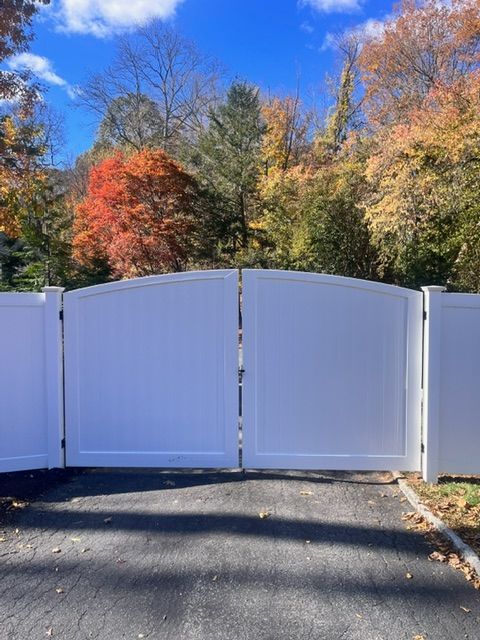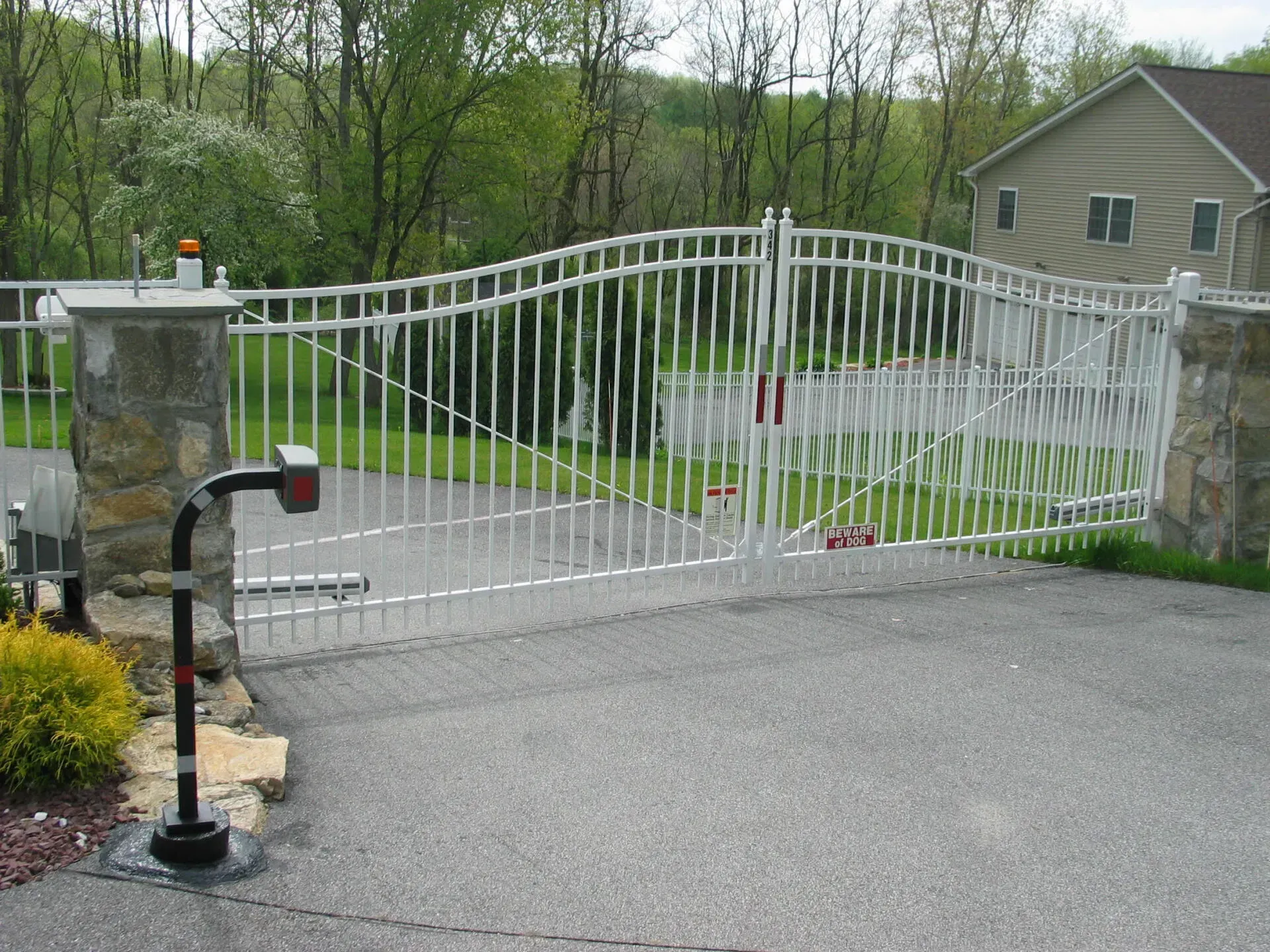How To Choose The Right Deer Fencing For Your Needs
Deer can cause major problems for gardens, landscapes, and farms, often damaging plants and leaving homeowners or property owners frustrated. Choosing the right type of deer fencing is important because it keeps unwanted animals away while protecting the time, money, and effort invested in your outdoor space. Understanding your options will help you make the best choice for your needs.
Understand the Height Requirement
The first factor to consider is the height of the fence. Deer are excellent jumpers and can leap over short barriers with ease. For most residential gardens or farms, a fence should be at least eight feet tall to effectively block them from entering. While some smaller properties may try six-foot fences, determined deer can often clear them, so investing in proper height is always a safer option.
Choose Between Metal and Poly Fencing
Deer fencing materials generally fall into two main categories: metal and poly. Metal fences, often made of steel or galvanized wire, offer strong resistance against large animals and last many years without breaking down.
Poly fences, on the other hand, use a tough mesh plastic that is lightweight, cost-effective, and less visible, making them popular in residential areas. When deciding, think about your long-term goals. Metal works best for maximum durability, while poly may be ideal for smaller gardens or lower budgets.
Think About Visibility and Design
Some people prefer fencing that blends into the landscape, while others want a structure that clearly marks boundaries. Poly mesh is usually less noticeable and can almost disappear into the background, allowing gardens to remain the main focus. Metal fences are more visible but provide a sense of security and permanence. Balancing function with appearance will help you decide which type works best for your space.
Factor in the Size of the Area
The size of your property plays an important role in fence selection. Larger areas often need stronger solutions since longer fencing can face more pressure from weather or animal contact. In such cases, metal fencing may prove more reliable. For smaller areas, lightweight poly mesh can be enough. Always match the scale of your project with the type of fence so that the results remain effective and affordable.
Check Durability and Maintenance Needs
Different fences demand different levels of care. Metal options generally last longer and withstand harsh weather, but they may require rust protection over time. Poly fences resist rust and are easier to handle but may need replacement sooner if placed in high-traffic areas or exposed to constant pressure. Consider how much maintenance you are willing to handle and choose accordingly.
Think About Budget and Installation
Cost always influences decisions. Poly mesh fences usually cost less and are easier to install, making them a smart choice for smaller or temporary projects. Metal fences require a higher investment but pay off through strength and long life. Some homeowners hire professionals for large projects, while others handle smaller installations themselves. Deciding early helps avoid overspending or underestimating the effort needed.
Conclusion
When you select the right
deer fencing, you protect your outdoor space, preserve your landscape, and ensure lasting peace of mind. For professional guidance and installation support in Putnam County, Westchester County, and surrounding Connecticut areas, D Fence
provides reliable deer fencing solutions designed to meet the unique needs of each property.




